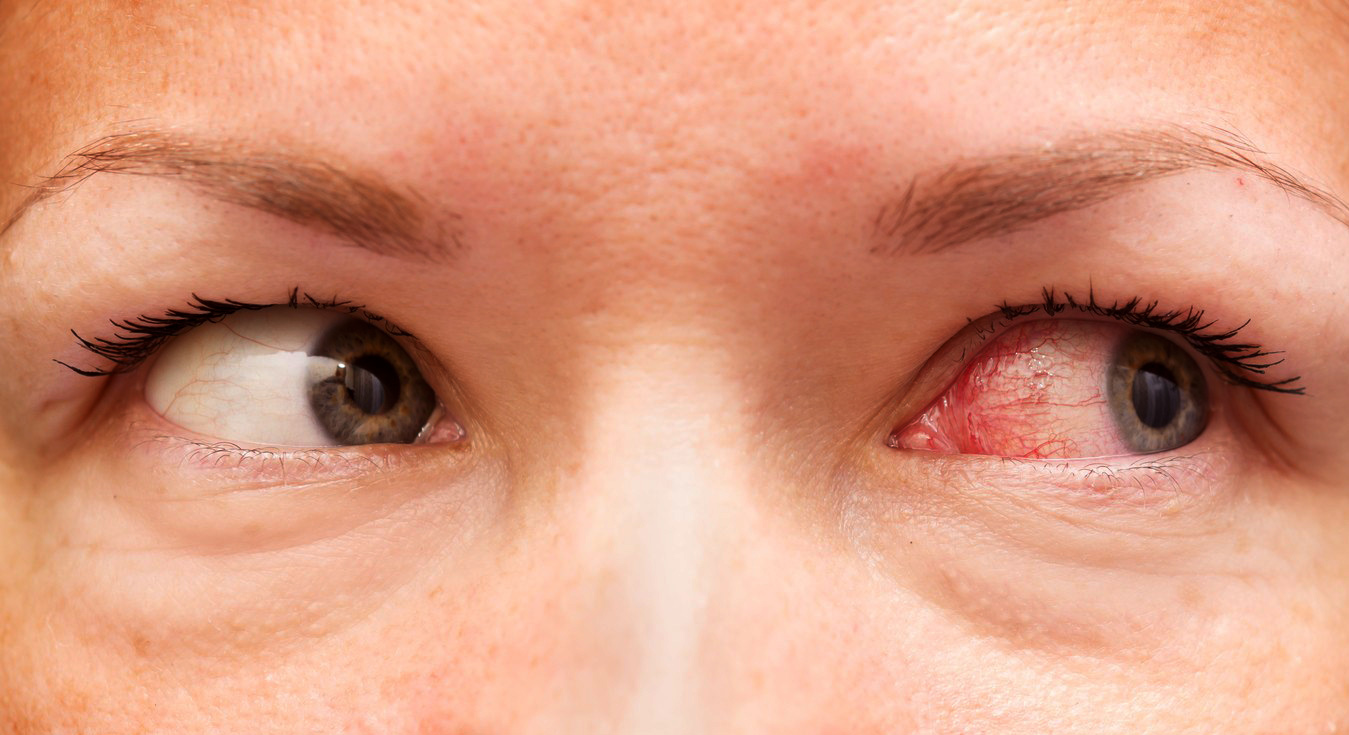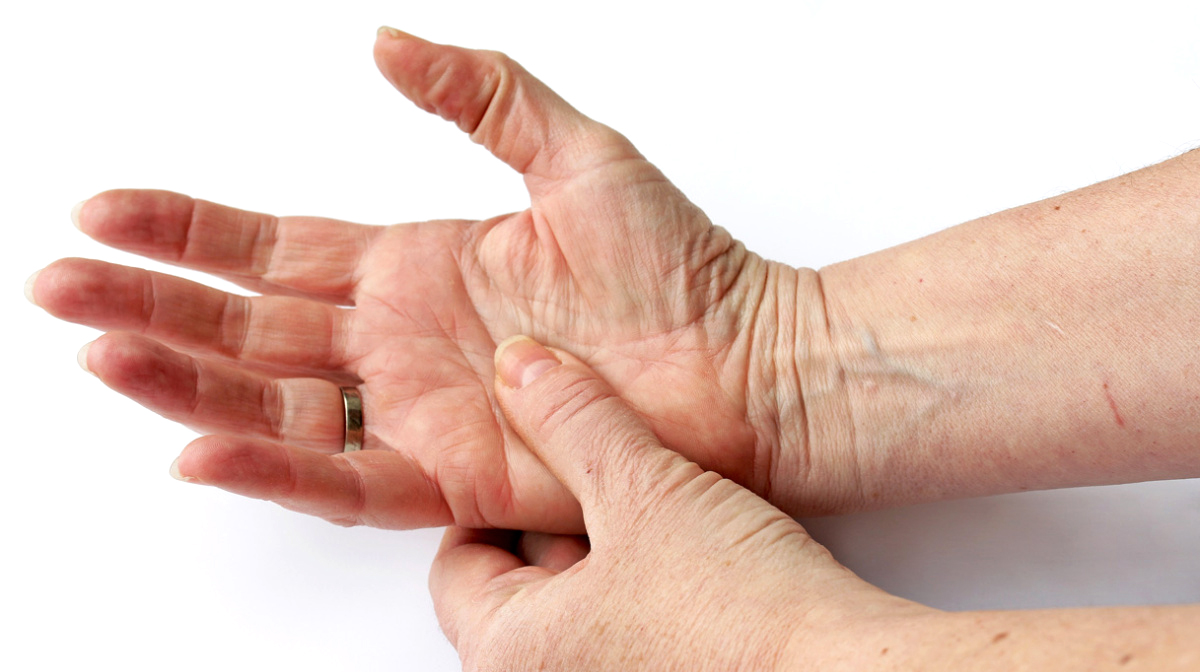Vitiligo is a disease that affects the pigmentation of the skin, and is shown as spots of a lighter color than normal as a result of the destruction of the melanocytes of the epidermis. Its cause is unknown, although it is believed that it may have some hereditary factor. The clear spots on the skin usually have a great psychosocial impact on those who suffer them. They can lead to complexes, social phobia or even depression. The lack of color in these areas characteristic of vitiligo is due to the disappearance of melanocytes. Melanocytes are cells that make melanin, which is the substance that gives color to hair and skin. The cause of this disappearance is unknown.
Another very ingrained theory is the autoimmune one, that is to say, that the vitiligo would be the result of an aggression of our own defenses on the skin, mainly because it is associated to other autoimmune disorders in the same individual, mainly to thyroid disorders, but also forming part of syndromes with several affected organs.
 Its characteristic symptom is that they become visible light colored spots, which are usually symmetrical and start around body orifices mouth, anus, armpits, around the nails, genitals, mammary areolas, and in areas where the bones are prominent as elbows and knees . It can also affect the eyes and the mucosa of the nose and mouth, although these locations are much less frequent. Most of the time vitiligo does not produce any symptoms as such, but some people describe some degree of itching on these lesions.
Its characteristic symptom is that they become visible light colored spots, which are usually symmetrical and start around body orifices mouth, anus, armpits, around the nails, genitals, mammary areolas, and in areas where the bones are prominent as elbows and knees . It can also affect the eyes and the mucosa of the nose and mouth, although these locations are much less frequent. Most of the time vitiligo does not produce any symptoms as such, but some people describe some degree of itching on these lesions.
These spots can reach a variable extent. The edges of these lesions may appear slightly darker and, in some cases, even slightly swollen and reddish; but always very well delimited. In some patients bichrome, trichrome, quadrichromic vitiligo is described, depending on the different chromatic degrees that the skin acquires around the whitish spot, because in some situations there may be several shades between the spot and normal skin.
Vitiligo is associated with other diseases such as diabetes, Hashimoto’s thyroiditis, hypothyroidism, hyperthyroidism, Addison’s disease, asthma, alopecia areata, myasthenia gravis and halo nevus.
A correct diagnosis of vitiligo is through a light examination by Wood. It is done by visualizing the skin with a small lamp that emits an ultraviolet light and presents a magnifying glass. Only in rare cases is a biopsy of the lesion taken. In it the absence of melanocytes must be demonstrated. It is also advisable to perform a blood test to determine the concentration of thyroid hormones, and glucose to rule out other pathologies associated with vitiligo.
There is no treatment for vitiligo that is entirely satisfactory, but some quite remarkable results have been achieved. The treatment should always be specific for each patient, according to their type of condition. First of all it is the photo protection, either with sun creams or with clothes, to avoid burns that can lead to the formation of more injuries. In topical treatment, potent corticosteroids such as 0.1% betamethasone valerate or 0.05% clobetasol are used, always assessing the secondary effects that they entail: osteoporosis, diabetes mellitus, candidiasis, and dysphonia. Other topical treatments combine kellin, calcium and pseudocalatase with UVA and UVB rays, with quite satisfactory results.
Always take care of your health with a unique and efficient service. Visit Pharmamedic.








